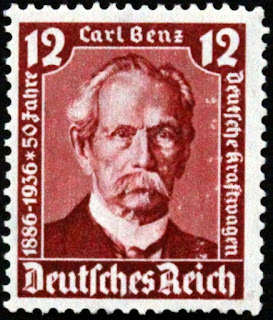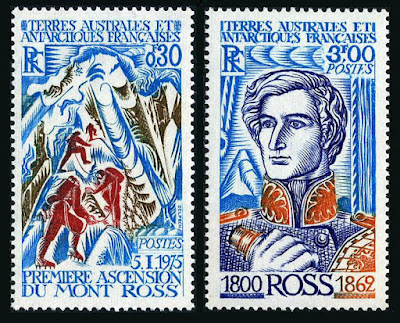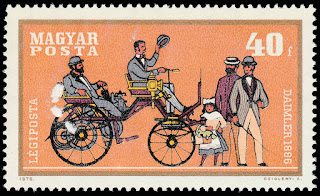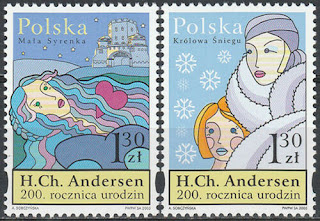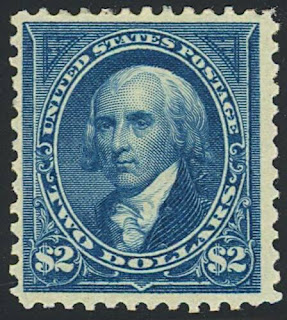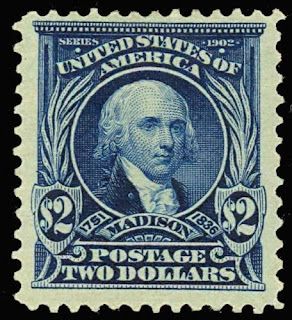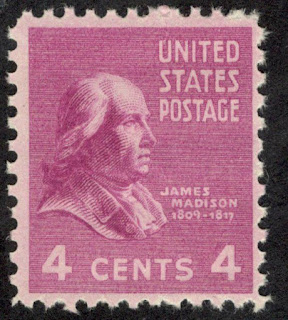1460 – Basel University is founded.
The University of Basel is located in Basel, Switzerland. Founded on 4 April 1460, it is Switzerland's oldest university and among the world's oldest surviving universities. The university is traditionally counted among the leading institutions of higher learning in the country.
The associated Basel University Library is the largest and among the most important libraries in the country. The university hosts the faculties of theology, law, medicine, humanities and social sciences, science, psychology, and business and economics, as well as numerous cross-disciplinary subjects and institutes, such as the Biozentrum for biomedical research and the Institute for European Global Studies. In 2016, the University boasted 12,852 students and 377 professors. International students accounted for 24 percent of the student body.
In its over 500-year history the university has been home to Erasmus of Rotterdam, Paracelsus, Daniel Bernoulli, Leonhard Euler, Jacob Burckhardt, Friedrich Nietzsche, Tadeusz Reichstein, Karl Jaspers, Carl Gustav Jung, Karl Barth and Jeanne Hersch. The institution is associated with nine Nobel prize winners and two Presidents of the Swiss Confederation.
Swiss stamps issued to commemorate Basel University
1581 – Francis Drake is knighted for completing a circumnavigation of the world.
Sir Francis Drake (c. 1540 – 28 January 1596) was an English sea captain, privateer, slave trader, pirate, naval officer and explorer of the Elizabethan era. Drake carried out the second circumnavigation of the world in a single expedition, from 1577 to 1580, and was the first to complete the voyage as captain while leading the expedition throughout the entire circumnavigation. With his incursion into the Pacific Ocean, he claimed what is now California for the English and inaugurated an era of conflict with the Spanish on the western coast of the Americas, an area that had previously been largely unexplored by western shipping.
Elizabeth I awarded Drake a knighthood in 1581 which he received on the Golden Hind in Deptford. In the same year he was appointed mayor of Plymouth. As a Vice Admiral, he was second-in-command of the English fleet in the victorious battle against the Spanish Armada in 1588. He died of dysentery in January 1596, after unsuccessfully attacking San Juan, Puerto Rico.
Drake's exploits made him a hero to the English, but his privateering led the Spanish to brand him a pirate, known to them as El Draque. King Philip II allegedly offered a reward for his capture or death of 20,000 ducats, about £6 million (US$8 million) in modern currency.
Stamps from Great Britain depicting Francis Drake
1841 – William Henry Harrison dies of pneumonia, becoming the first President of the United States to die in office, and setting the record for the briefest administration. Vice President John Tyler succeeds Harrison as President.
William Henry Harrison (February 9, 1773 – April 4, 1841) was an American military officer and politician who served as the ninth president of the United States in 1841. He died of typhoid, pneumonia or paratyphoid fever 31 days into his term (the shortest tenure), becoming the first president to die in office. His death sparked a brief constitutional crisis regarding succession to the presidency, because the Constitution was unclear as to whether Vice President John Tyler should assume the office of president or merely execute the duties of the vacant office. Tyler claimed a constitutional mandate to become the new president and took the presidential oath of office, setting an important precedent for an orderly transfer of the presidency and its full powers when the previous president fails to complete the elected term.
Harrison was born in Charles City County, Virginia, the son of Founding Father Benjamin Harrison V and the paternal grandfather of Benjamin Harrison, the 23rd president of the United States. He was the last president born as a British subject in the Thirteen Colonies before the start of the Revolutionary War in 1775. During his early military career, he participated in the 1794 Battle of Fallen Timbers, an American military victory that effectively ended the Northwest Indian War. Later, he led a military force against Tecumseh's Confederacy at the Battle of Tippecanoe in 1811, where he earned the nickname "Old Tippecanoe". He was promoted to major general in the Army in the War of 1812, and in 1813 led American infantry and cavalry at the Battle of the Thames in Upper Canada.
Harrison began his political career in 1798, when he was appointed Secretary of the Northwest Territory, and in 1799 he was elected as the territory's delegate in the House of Representatives. Two years later, President John Adams named him governor of the newly established Indiana Territory, a post he held until 1812. After the War of 1812, he moved to Ohio where he was elected to represent the state's 1st district in the House in 1816. In 1824, the state legislature elected him to the U.S. Senate; his term was truncated by his appointment as Minister Plenipotentiary to Gran Colombia in May 1828. Afterward, he returned to private life in North Bend, Ohio until he was nominated as the Whig Party candidate for president in the 1836 election; he was defeated by Democratic vice president Martin Van Buren. Four years later, the party nominated him again with John Tyler as his running mate, and the Whig campaign slogan was "Tippecanoe and Tyler Too". They defeated Van Buren in the 1840 election, making Harrison the first Whig to win the presidency.
At 68 years, 23 days of age at the time of his inauguration, Harrison was the oldest person to assume the U.S. presidency, a distinction he held until 1981, when Ronald Reagan was inaugurated at age 69 years, 349 days. Due to his brief tenure, scholars and historians often forgo listing him in historical presidential rankings. However, historian William W. Freehling calls him "the most dominant figure in the evolution of the Northwest territories into the Upper Midwest today".
US stamps and First Day Cover depicting William Henry Harrison
1929 Died: Karl Benz, German engineer and businessman, founded Mercedes-Benz (b. 1844)
Karl Friedrich Benz or Carl Friedrich Benz (25 November 1844 – 4 April 1929) was a German engine designer, automobile engineer. His Benz Patent Motorcar from 1885 is considered the first practical automobile. He received a patent for the motorcar in 1886
Benz's lifelong hobby brought him to a bicycle repair shop in Mannheim owned by Max Rose and Friedrich Wilhelm Eßlinger. In 1883, the three founded a new company producing industrial machines: Benz & Companie Rheinische Gasmotoren-Fabrik, usually referred to as Benz & Cie. Quickly growing to twenty-five employees, it soon began to produce static gas engines as well.
The success of the company gave Benz the opportunity to indulge in his old passion of designing a horseless carriage. Based on his experience with, and fondness for, bicycles, he used similar technology when he created an automobile. It featured wire wheels (unlike carriages' wooden ones) with a four-stroke engine of his own design between the rear wheels, with a very advanced coil ignition and evaporative cooling rather than a radiator. Power was transmitted by means of two roller chains to the rear axle. Karl Benz finished his creation in 1885 and named it "Benz Patent Motorwagen".
It was the first automobile entirely designed as such to generate its own power, not simply a motorized stage coach or horse carriage, which is why Karl Benz was granted his patent and is regarded as its inventor.
The Motorwagen was patented on 29 January 1886 as DRP-37435: "automobile fueled by gas". The 1885 version was difficult to control, leading to a collision with a wall during a public demonstration. The first successful tests on public roads were carried out in the early summer of 1886. The next year Benz created the Motorwagen Model 2, which had several modifications, and in 1889, the definitive Model 3 with wooden wheels was introduced, showing at the Paris Expo the same year.
German stamps depicting Karl Benz or his cars








